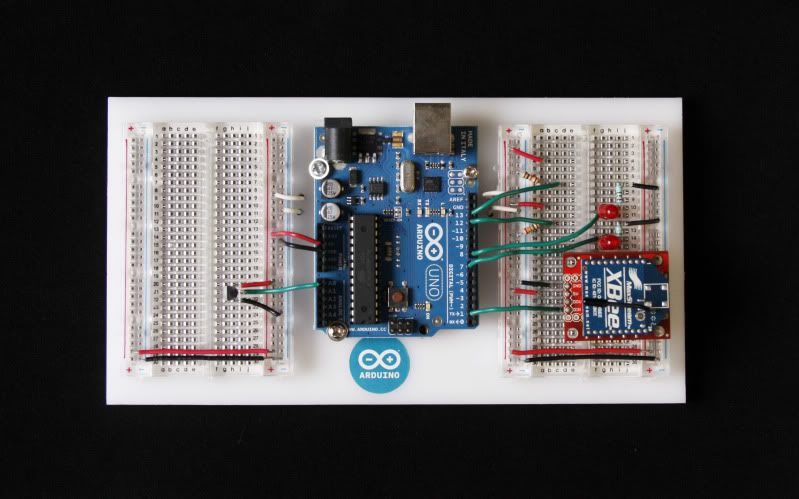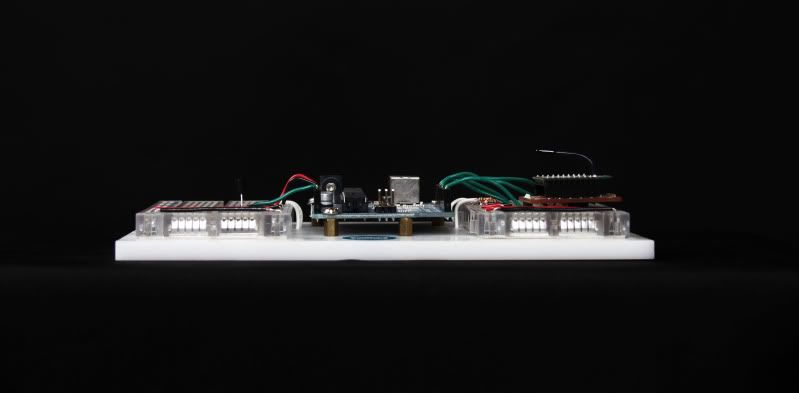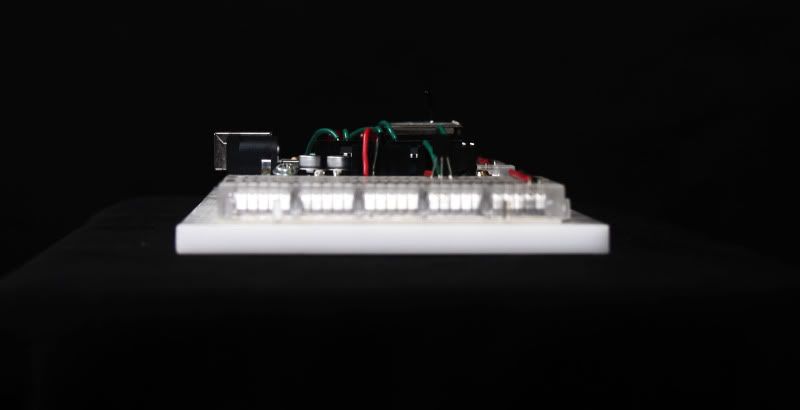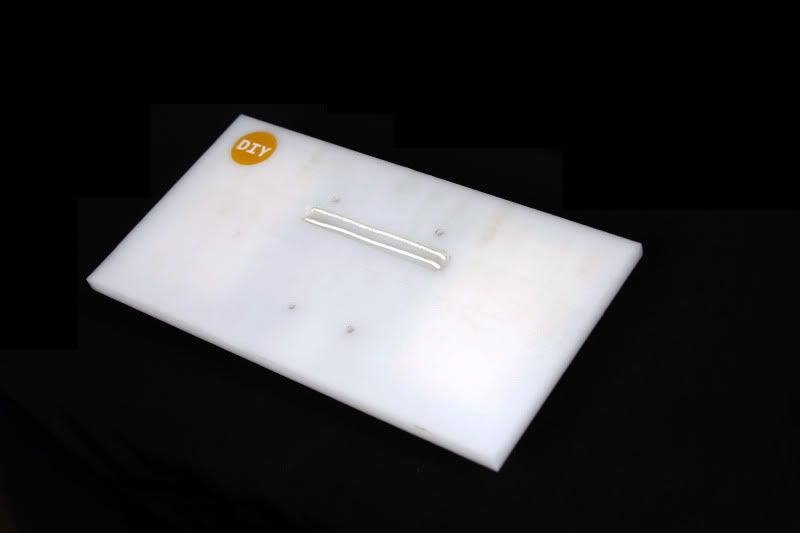- Tue Jan 18, 2011 10:56 pm
#117826
Hello Sparkfunites,
Let me introduce myself first, my name is Ulysses, and I'm currently studying at Mexico to become a Mechatronics engineer.
Last semester I had a blast doing a project with an Arduino. It was so user friendly in contrast with those AVR stamps and similar.
The thing is that many people, even those that build Arduino, say that their micro-controller is aimed at designers, architects, musicians and such. How do they accomplish this? Well, in my opinion, they do this by implementing their famous "shields" that basically do most of the electronics for you (there are other reasons, but I believe this is the strongest one).
Which brings me to my point; I bet there are lots of people like me, who are engineers and understand intermediate to expert electronics and are in no need of buying a shield every time they need to do an specific task. (not saying that this is bad or wrong)
Seeing that Sparkfun had the possible solution to my dilemma, the: Arduino and Breadboard Holder. I then stumbled upon another problem; The Arduino UNO has both inputs/outputs on both left and right side of the board, and since most people that are engineers know that in order to troubleshoot something effectively, you must strive for having a nice and tidy protoboard when prototyping.
So in the end, this is what I came up with:
The Arduino Shieldbreaker:
TOP:

BOTTOM:

LATERAL:

BACK:

I'm open for suggestions, constructive/negative feedback, almost any criticism is welcomed.
Regards,
Ulysses L.
Let me introduce myself first, my name is Ulysses, and I'm currently studying at Mexico to become a Mechatronics engineer.
Last semester I had a blast doing a project with an Arduino. It was so user friendly in contrast with those AVR stamps and similar.
The thing is that many people, even those that build Arduino, say that their micro-controller is aimed at designers, architects, musicians and such. How do they accomplish this? Well, in my opinion, they do this by implementing their famous "shields" that basically do most of the electronics for you (there are other reasons, but I believe this is the strongest one).
Which brings me to my point; I bet there are lots of people like me, who are engineers and understand intermediate to expert electronics and are in no need of buying a shield every time they need to do an specific task. (not saying that this is bad or wrong)
Seeing that Sparkfun had the possible solution to my dilemma, the: Arduino and Breadboard Holder. I then stumbled upon another problem; The Arduino UNO has both inputs/outputs on both left and right side of the board, and since most people that are engineers know that in order to troubleshoot something effectively, you must strive for having a nice and tidy protoboard when prototyping.
So in the end, this is what I came up with:
The Arduino Shieldbreaker:
TOP:

BOTTOM:

LATERAL:

BACK:

I'm open for suggestions, constructive/negative feedback, almost any criticism is welcomed.
Regards,
Ulysses L.
